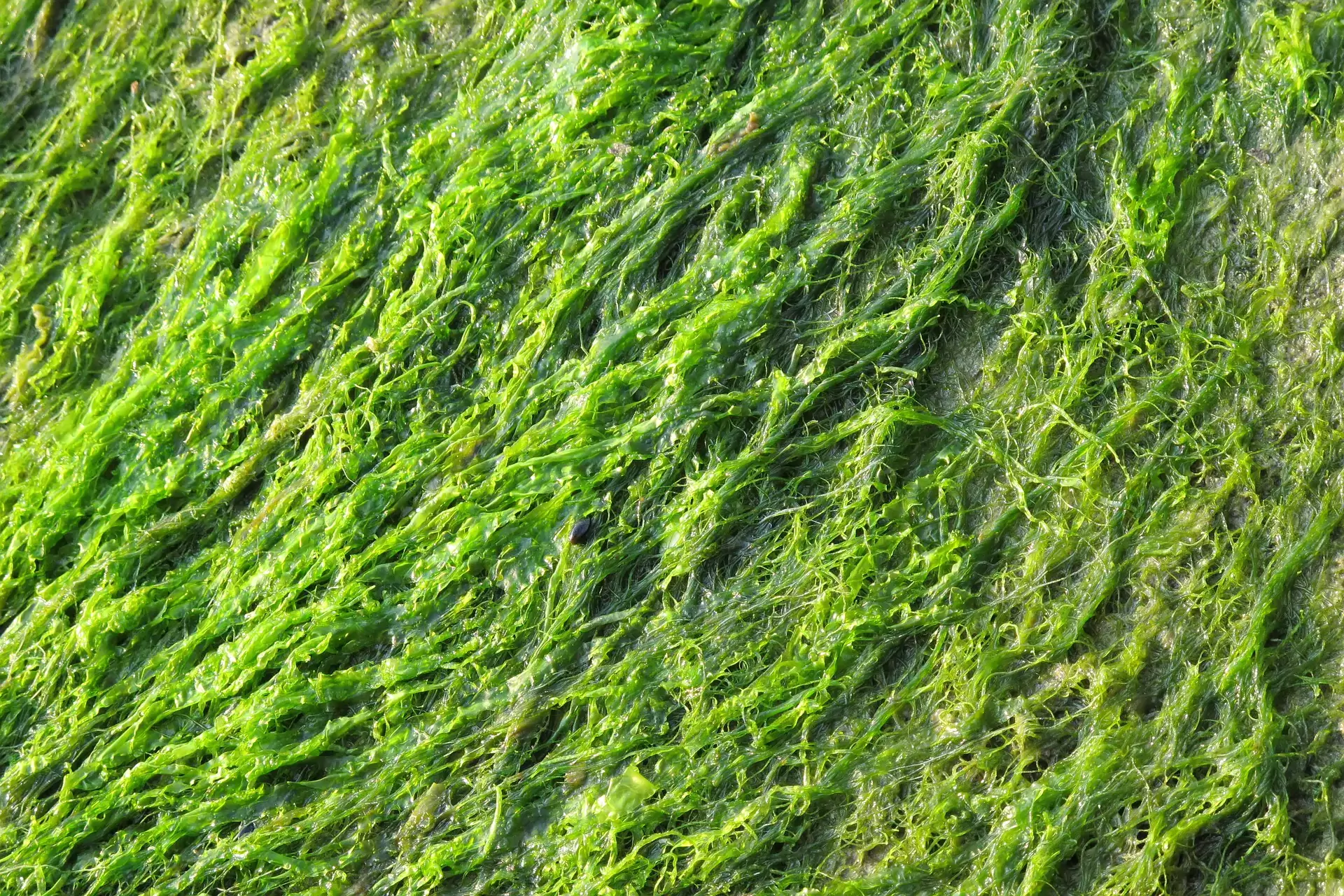In April, we have a range of holidays and awareness events to celebrate, including National Hug Your Dog Day, Cat Lady Day, and Little Pampered Dog Day, among others. There are a few events on the calendar that lack appeal. For example, did you know that it’s Heartworm Awareness Month? April also marks the observance of Hairball Awareness Day. While hairballs may not be the most pleasant topic, it is crucial for all cat owners to be informed about them. Below, a veterinarian from Hiawassee, GA provides some valuable information on—you guessed it—hairballs.
Exploring Hairballs
Trichobezoars are the official term for hairballs. These are the unsightly downside to one of Fluffy’s most commendable traits: her cleanliness. Your adorable little diva may dedicate a considerable amount of time to grooming herself. She’ll inevitably swallow some of her own fur during her beauty routine.
Our feline pals have papillae, which are microscopic hairs, on their tongues. Your furry companion’s tongue has a sandpaper-like texture, which you may notice when she licks you. The positioning of those small follicles enables anything she consumes to effortlessly slide down her throat. Fluffy’s digestion of birds and mice might be improved by this, but it also makes it easier for her to swallow her own fur.
You probably already have a pretty solid understanding of what follows. Fluffy might experience some discomfort. She will then retch, gag, and end up leaving a not-so-pleasant mess on the floor. Or perhaps your bed. Or perhaps your shoes. Let’s just say it’s not her most endearing trick.
How Often Do Cats Get Hairballs?
It would be ideal if your beloved feline buddy rarely, if ever, had to deal with hairballs. Unfortunately, for the majority of cats, it happens more frequently than desired by both you and your feline friend.
Time frames can differ from cat to cat, but most kitties get hairballs approximately once every week or so. If your cat is experiencing them more frequently than that, it would be advisable to contact your veterinarian for assistance. There is a possibility that this could indicate certain medical concerns. Please contact your local pet clinic in Hiawassee, GA for further details.
Would Feeding Fluffy Canned Food Help Decrease Hairballs?
It won’t hurt, but this is by no means a cure. Cats do digest wet food faster than kibble, so things tend to move along a bit more quickly.
When it comes to choosing the right type of food for your cat, there are many factors to take into account. If you have any questions about your cat’s nutritional needs, reach out to your veterinarian for more information.
Can I Help Keep My Cat From Getting Hairballs?
There are no 100 percent effective ways, but there are a few things you can do.
Brushing Fluffy is a highly effective approach. Regular brushing will help you remove any loose fur and prevent your cat from ingesting it.
There are also some additional reasons to brush your pet. For instance, it can help improve your pet’s circulation. Grooming is also beneficial for fostering a sense of connection and bonding. Many of our feline rulers thoroughly enjoy being pampered!
What Is The Right Way To Brush A Cat?
While it may not be overly complex, there are a few important guidelines to remember.
Wait until your furball is calm and slightly drowsy. (Considering the significant amount of time cats dedicate to slumber, this probably won’t take long.) Start by delicately petting Fluffy, going in the direction of her coat. Wait for purr activation before you incorporate a brush.
Be cautious and avoid applying excessive force. If you’re struggling with pesky knots, you might want to think about giving them a trim. Use scissors with round ends for safety purposes. Consider using a plastic letter opener, resembling a credit card with a notch cut out, as an alternative option. Be fully prepared to ply your pet with treats, praise, and perhaps some catnip.
When Fluffy decides that she’s had enough, simply allow her to go. Attempting to force her to tolerate being brushed when she doesn’t want to will probably just result in you being scratched.
Your veterinarian may suggest that you apply pet jelly to Fluffy’s paws. While cleaning herself, she’ll lick it off, providing her digestive system with a small boost of lubrication.
This one might just get your pet more excited. From time to time, you can give your beloved pet a special treat like a can of tuna or sardines. Ask your vet for advice, especially if she has certain medical issues like thyroid problems.
There are products on the market that can assist in preventing hairballs. Consulting with your veterinarian is crucial, as not all products are appropriate for every cat.
It’s also very important to make sure that Fluffy remains well-hydrated. You could consider getting her a small kitten fountain. Many of our feline buddies prefer running water!
Finally, we would suggest keeping your cat indoors. Indoor cats are less impacted by seasonal weather changes that can cause shedding, so they often shed less. Plus, this is one of the best things you can do to ensure her safety. If you keep her safe and sound inside, she will be shielded from the dangers of cars, wildlife, and inclement weather. (She also won’t be able to roll around in dirt and grass.)
Ask your veterinarian for specific guidance.
What Happens When Cats Can’t Throw Hairballs Up?
Hairballs can sometimes result in significant health problems. In the event that the hairball gets stuck in your furry friend’s system and they are unable to get rid of it, seeking veterinary care may be necessary. Intestinal obstructions and ruptures are highly critical conditions that can result in severe consequences.
Here are some warning signs to be aware of:
- Vomit that contains blood or appears frothy
- Severe/excessive vomiting
- Constipation
- Loss of Interest in Food
- Withdrawal
- Changes in behavior
- Coughing
If you observe any of these symptoms, get in touch with your animal clinic in Hiawassee, GA right away. These red flags may indicate more significant underlying problems.
Is Fluffy Purposefully Leaving Hairballs In Specific Spots?
Although we cannot conduct a formal survey of our feline friends, it wouldn’t be too far-fetched. (We’re also guessing that this particular study probably isn’t at the top of many researchers’ wish lists, but we’ll leave that discussion to others.)
Are Long Haired Kitties More Prone To Hairballs Than Short Haired Ones?
Some fluffy kitties, like Maine Coons and Persians, have a higher likelihood of developing hairballs. Nevertheless, every cat (excluding hairless kitties) is susceptible to hairballs. It’s important to remember that cats with short fur may have dense coats, which can also lead to hairball problems.
Regular brushing is recommended for cats with long hair. This will also help reduce knots and tangles.
To wrap things up, hairballs are a frequent issue for those who own cats, even though they may not be the most enjoyable part of cat ownership. Being proactive in minimizing hairballs in your cat and recognizing potential underlying health problems is crucial.
Schedule An Appointment At Our Veterinary Clinic In Hiawassee, GA
Do you have any inquiries regarding your cat’s health or care? Don’t hesitate to contact us if you ever need help. We are here to assist you as your Hiawassee, GA animal hospital!



